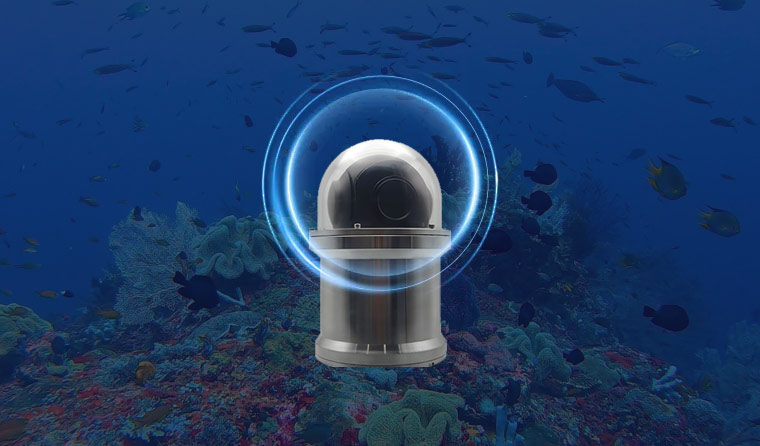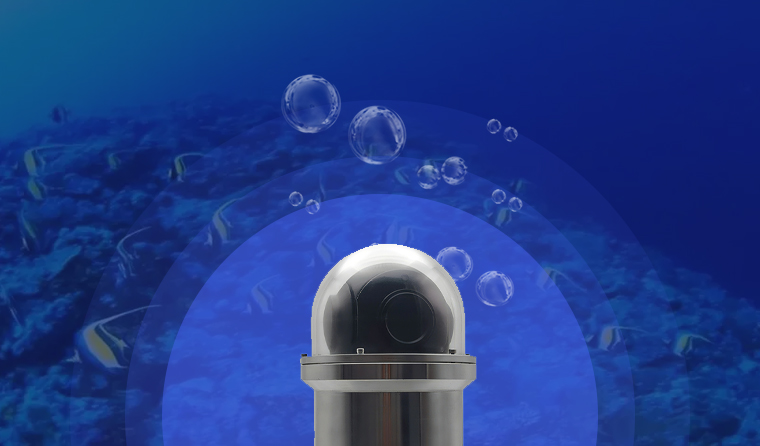
In the field of aquaculture, fish diseases have always been a "major concern" for farmers. In traditional aquaculture, relying on manual boat patrols to judge fish diseases is not only time-consuming and labor-intensive, but also often leads to the spread of diseases due to delayed detection and misjudgment, resulting in huge losses. With the development of intelligent technology, the future underwater aquaculture cameras will no longer be simple "monitoring tools", but will become the core carrier of the "automatic fish disease identification" system. Through technological upgrading and functional linkage, they will build an "intelligent defense line" for disease prevention and control in the aquaculture industry.
Firstly, future underwater aquaculture cameras will lay the foundation for "automatic fish disease identification" with stronger imaging capabilities. Traditional cameras tend to produce blurry images in turbid water, strong light, or low-light environments, making it difficult to capture subtle lesions on fish bodies. However, the new-generation underwater aquaculture cameras will generally be equipped with ultra-wide dynamic range technology of over 130dB, which can suppress strong surface light and brighten the dark underwater areas at the same time. Even under direct noon sunlight or in lightless night environments, they can clearly display the state of fish schools. Combined with 4K ultra-high-definition resolution, they can capture millisecond-level features such as the frequency of fish gill opening and closing, and the shedding of body scales—these details are exactly the key for AI to judge fish diseases. For example, in shrimp aquaculture, underwater aquaculture cameras can clearly capture whether there are "white spots" (a symptom of white spot syndrome) on the shrimp shells, providing accurate image data for subsequent identification.

At the same time, future underwater aquaculture cameras will break through the limitation of "single monitoring" and deeply integrate with AI algorithms to achieve "real-time identification + automatic early warning". The images captured by underwater aquaculture cameras will be uploaded to the cloud AI platform in real time through stable POE transmission technology. The AI algorithm will first separate the fish schools from the images and eliminate interference factors such as aquatic plants and bubbles; then extract features such as the body color and swimming speed of each fish, and compare them with the massive fish disease sample database—if the matching degree between the fish's features and the "diseased fish" model exceeds 85%, the system will immediately send an early warning via a mobile APP, informing farmers of the "suspected disease type" and "suggested treatment measures". Tests at a sea cucumber aquaculture base in Shandong showed that this "underwater aquaculture camera + AI" model increased the identification accuracy of sea cucumber skin rot disease at night by 37% and detected the disease 5 hours earlier than manual patrols, significantly reducing the mortality rate.
More importantly, future underwater aquaculture cameras will be linked with other equipment in the aquaculture scenario to achieve "preventive" fish disease prevention and control. They will be connected to water quality sensors, feeding machines and other equipment to form a "monitoring-analysis-execution" closed loop: when the underwater aquaculture camera captures that the fish school is swimming slower (an early abnormal signal) and the water quality sensor shows that the dissolved oxygen is low, the system will automatically turn on the aerator and reduce the feeding amount at the same time, reducing the risk of disease outbreaks from the source. In a pilot project at a large yellow croaker aquaculture farm in Guangdong, this linkage model reduced the incidence of vibriosis by 40% and the aquaculture cost by 25%.
However, the future implementation of the technology still needs to overcome some bottlenecks. For example, for rare fish diseases, due to insufficient sample size, the AI identification accuracy has not yet met the standard; small and medium-sized farmers also face the pressure of equipment costs. But with the optimization of chip technology, the cost of a single "underwater aquaculture camera + AI" system is expected to drop to approximately 685-1096 in the future, and the AI model will continue to iterate through more aquaculture data to cover more types of diseases.
For more information about underwater aquaculture camera, please visit the homepage.